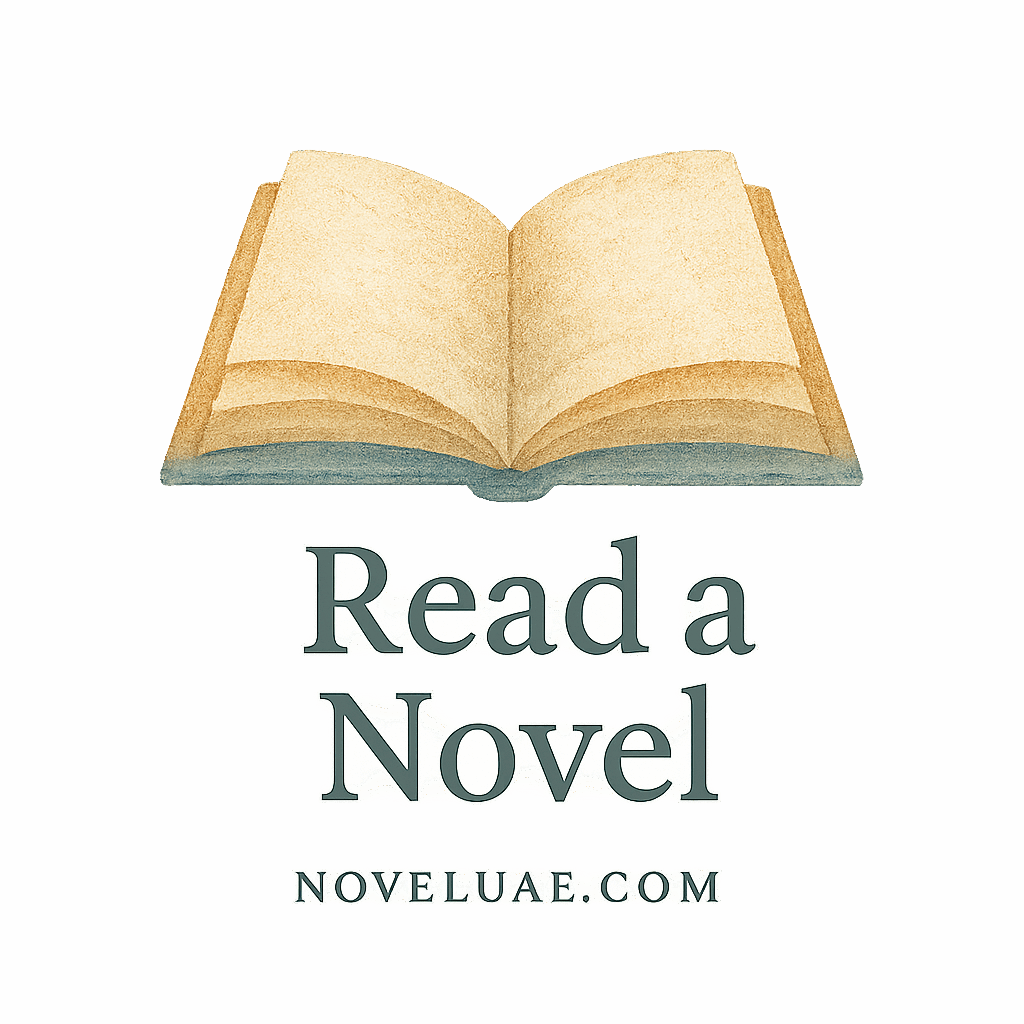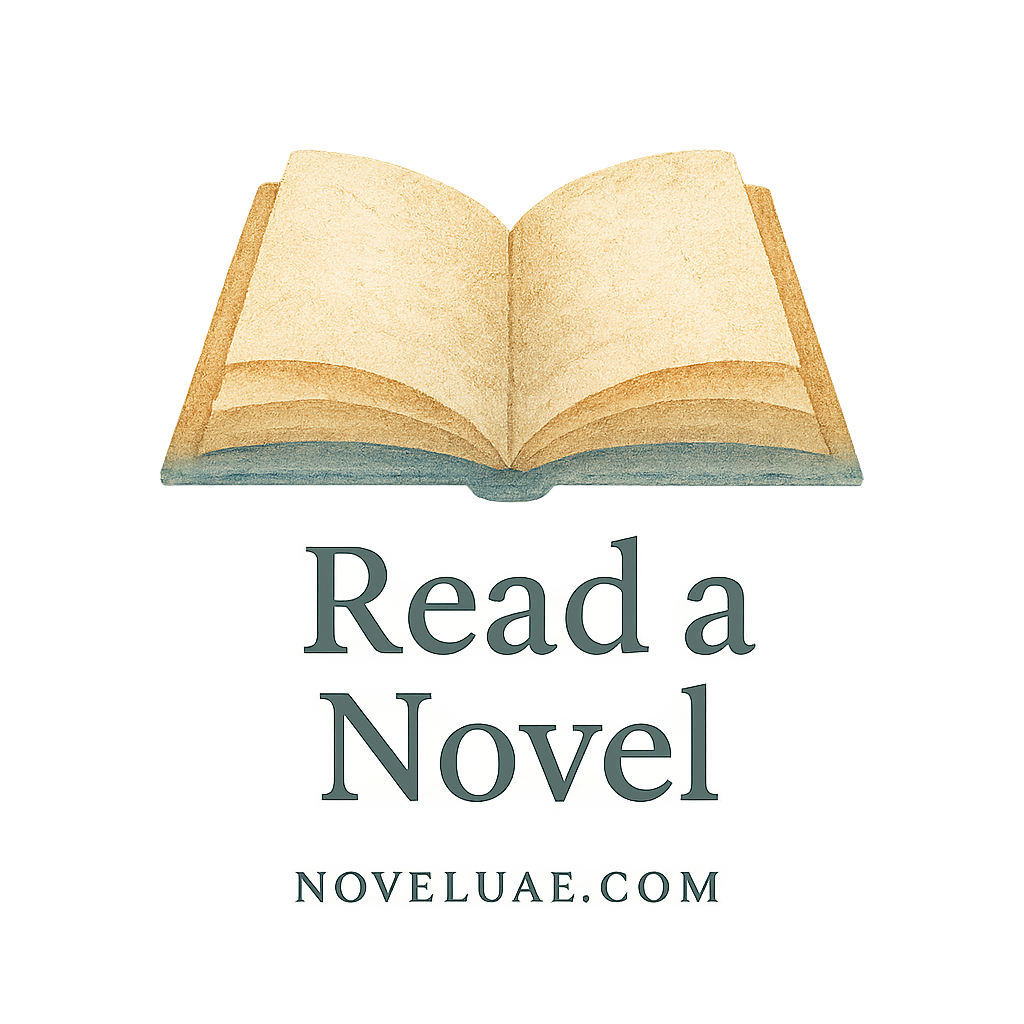Introduction: Why Take Notes While Reading Novels?
Let’s be honest—reading novels is one of the best ways to escape reality, explore emotions, and expand our imagination. But what if you could squeeze even more value from your reading sessions?
Taking notes while reading novels might sound like a chore, but trust me—it’s a game-changer. Whether you’re reading for pleasure, studying literature, or working on your own writing, using effective note-taking methods can sharpen your comprehension and memory retention like nothing else.
In this guide, we’ll explore seven practical, fun, and flexible note-taking methods for novel readers. Each one can be tailored to your style—whether you’re a beginner just getting into books or a seasoned reader hunting for deeper meaning.
And hey, if you’re new to the novel-reading scene, check out this Beginner’s Guide to Novels to get started on the right foot.
1. The Margin Notes Method
Benefits of Annotating the Margins
Jotting notes in the margins might seem old-school, but it’s still one of the most direct and powerful ways to interact with a novel. It allows you to capture your thoughts in real-time, right next to the sentence or passage that sparked them.
Marginal notes help with:
- Identifying key themes
- Tracking character development
- Reacting emotionally to turning points
- Questioning the author’s intent
This method ties perfectly into understanding core novel elements like theme, character arcs, and plot structure.
Best Tools for Margin Notes
- Highlighters for color coding emotions or plot shifts
- Pens or pencils for thoughts and reactions
- Transparent sticky notes if you’re hesitant to write in books
For genre-specific insight, visit our hub on genre-based novel insights.
2. The Sticky Note Technique
How to Use Sticky Notes Effectively
Sticky notes are perfect for readers who don’t want to mark up their books but still want to capture insights. Write down thoughts, theories, or emotional reactions and stick them near the relevant page.
Color Coding Tips for Genres and Emotions
Using different colors for sticky notes can help organize your notes visually. Try this:
- Blue for character development
- Pink for romance (check out our romance tag for more)
- Yellow for plot twists
- Green for quotes worth revisiting
And if you ever feel overwhelmed by note overload, explore our tips on reading struggles to regain your momentum.
3. The Reading Journal Approach
What to Record in a Reading Journal
Keeping a reading journal turns your novel journey into a personalized reflection. Here’s what you can record:
- Summary of each chapter
- Character motivations and conflicts
- Favorite quotes
- Questions or predictions
This method supports deep self-reflection, especially helpful for those reading with emotional triggers like anxiety or complex themes.
Digital vs. Physical Journals
Go analog with a leather-bound notebook or digital with apps like Notion, Obsidian, or Evernote. Digital journals often include tags and hyperlinks, making it easy to connect thoughts—like linking one character’s arc to a central story tension.

4. The Mind Mapping Method
Visualizing Characters, Themes, and Plots
Mind maps help readers see the structure of a novel. Start with the book’s title in the center, then branch out:
- Characters and how they relate
- Major themes
- Story arcs and major events
It’s especially useful for books with large casts or non-linear storytelling.
Tools to Create Beautiful Mind Maps
- Freehand sketching on large paper
- Digital tools like XMind, Coggle, or MindMeister
- Whiteboard apps for collaborative reading sessions
Pair this with our guide on story structure to deepen your narrative analysis.
5. The Cornell Note-Taking System
Adapting the Cornell System for Fiction
Originally designed for academic study, the Cornell system divides a page into three parts:
- Cue column: for main ideas or chapter headings
- Note-taking area: for detailed reactions
- Summary section: for wrap-up insights
This layout works surprisingly well for novel analysis, particularly when trying to understand conflict and narrative arcs.
When to Use This Structured Method
Use Cornell notes when you’re studying classic literature or preparing for book clubs or exams. (If that’s your jam, check out our classic tag.)
6. The Quote & Reaction Method
Capturing Emotional and Powerful Passages
Sometimes a line just hits you. Whether it’s a soul-crushing confession or a mind-blowing plot twist, noting down these quotes with your personal reactions helps make your reading more memorable.
Bonus: You’ll build a personal collection of literary treasures to revisit.
Building a Quote Bank for Reference
- Use a quote notebook or a digital note-taking app
- Tag quotes by theme (love, loss, discovery, etc.)
- Revisit your quote bank for writing prompts or inspiration
This method works beautifully alongside writing tips for aspiring novelists.
7. The Chapter Summary Technique
Tracking the Plot and Pacing
Summarizing chapters ensures you retain the plot as it unfolds. Summaries help highlight:
- Story flow and pacing
- Key revelations and climaxes
- How characters evolve
It’s especially useful if you’re reading several books at once or juggling a busy schedule.
Linking Summaries to Literary Elements
You can also tie chapter summaries to plot mechanics and story-tension to get a holistic understanding of how the story is built.
For more curated reading, head over to novel selection recommendations.
How to Choose the Right Note-Taking Method
Choosing the best method depends on your reading goals. Here’s a quick guide:
- For casual readers: Try sticky notes or a reading journal
- For students or analysts: Cornell system or chapter summaries
- For creatives: Mind maps and quote reactions
- For beginners: Start with margin notes or check out this Beginner’s Guide to Novels
Mix and match these methods based on your mood or genre. If you’re diving into romance today and dystopian tomorrow, your style might need to shift, too.
Bonus Tips for Better Novel Notes
Speed-Reading vs. Deep Reading
If you’re pressed for time, try combining speed-reading techniques with light margin notes to avoid missing crucial points.
Staying Consistent Without Overwhelm
Consistency beats perfection. Set small goals, like journaling every 3 chapters or reviewing quotes weekly.
Need help staying on track? Explore our productivity tag for hacks that make reading more efficient.
Conclusion
Note-taking while reading novels doesn’t have to be a rigid academic exercise. With the right method, it becomes a fun, enriching part of your reading ritual. Whether you’re diving into a thriller, a heart-warming romance, or a literary classic, you’ll engage deeper and remember more by capturing your thoughts along the way.
If you haven’t already, don’t forget to browse our main site at Novel UAE—your home for insightful resources, genre guides, and practical reading strategies for novels.
FAQs
1. Which note-taking method is best for beginners?
Start with margin notes or a simple reading journal to ease into the habit without pressure.
2. How do I keep my notes organized across multiple books?
Use tags, folders, or apps like Notion to keep everything easily accessible.
3. Can I combine multiple note-taking methods?
Absolutely! Many readers blend methods based on the book or genre they’re tackling.
4. Is digital or physical note-taking better?
It depends on your preference. Digital offers speed and searchability, while physical feels more personal.
5. How do I remember to take notes consistently?
Set a routine—like journaling after each reading session or using sticky notes during chapters.
6. What if note-taking ruins the reading flow for me?
Try passive methods like highlighting or use sticky tabs, then go back later to jot down thoughts.
7. Where can I find novel recommendations to start practicing these methods?
Head over to our reading list and recommendations tag for curated suggestions!


